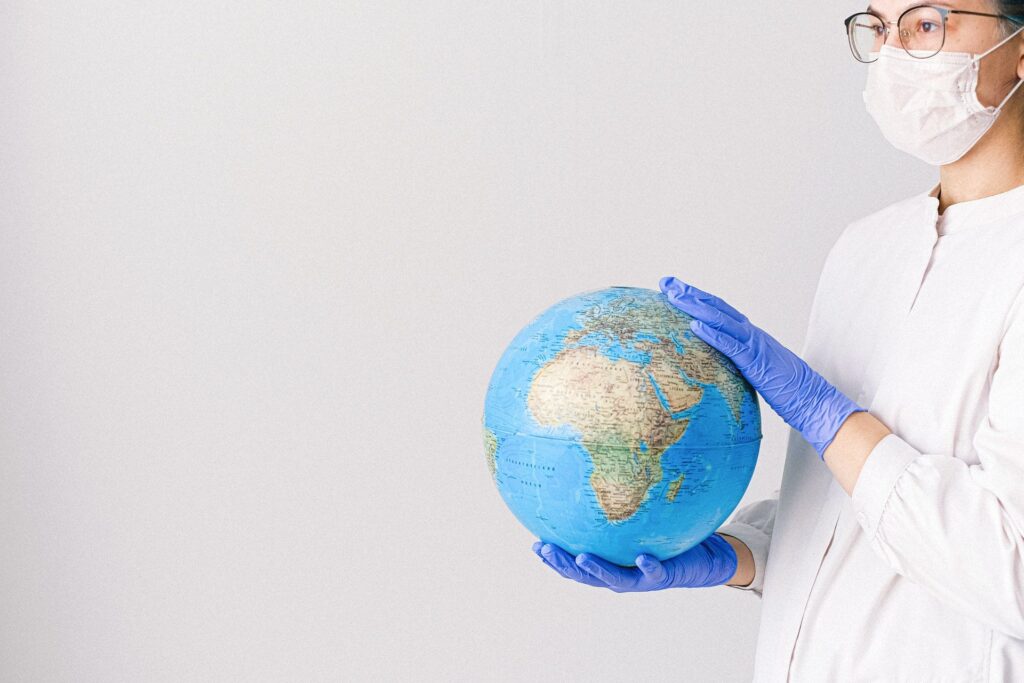In the previous article, we shared tips on how to pack eco-friendly. As the topic stays extremely relevant, we’ll now describe how to produce less waste during the whole moving process.
Purge Before Packing.
Decluttering before moving is more useful than you may think. From a practical point of view, fewer possessions to move to mean less packing supplies. But not only this, by cleaning your house you can settle a healthy habit which may lead to less consumption and spontaneous purchasing. Plus, it’s always easier to move with fewer items in your household, and we relocate a lot during life.
Reuse Packing Supplies.
If you have some old cardboard boxes, you can flatten them and protect the floor during loading and loading. It’s safer not to use them for packing again, as cardboard is a flimsy material, and may get damaged if used multiple times.
That’s why using plastic moving crates is a better option. The plastic is very sturdy, so they can be in use hundreds of times before being replaced. It’s also very efficient from packing and loading perspective as they have handles on each side and dollies for stacking.
Recycle What You Can.
Check with your local recycling center what exactly you can bring them. But in general, among the packing supplies, it’s possible to recycle plastic, cardboard, and paper.
Pack Tightly To Use Fewer Boxes.
It doesn’t mean that we advise to overload boxes, but if you pack trying not to leave empty spots in a box or suitcase, you will save some supplies and protect fragile items from breaking. Another idea is to use your belongings instead of wrapping paper or bubble wrap. Towels, linens, and rugs can be used as wrapping materials, whereas clothes and socks can fit empty spots in your suitcase.

